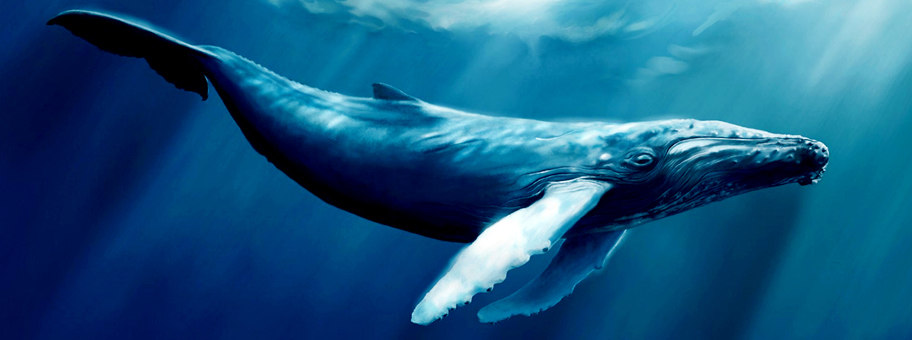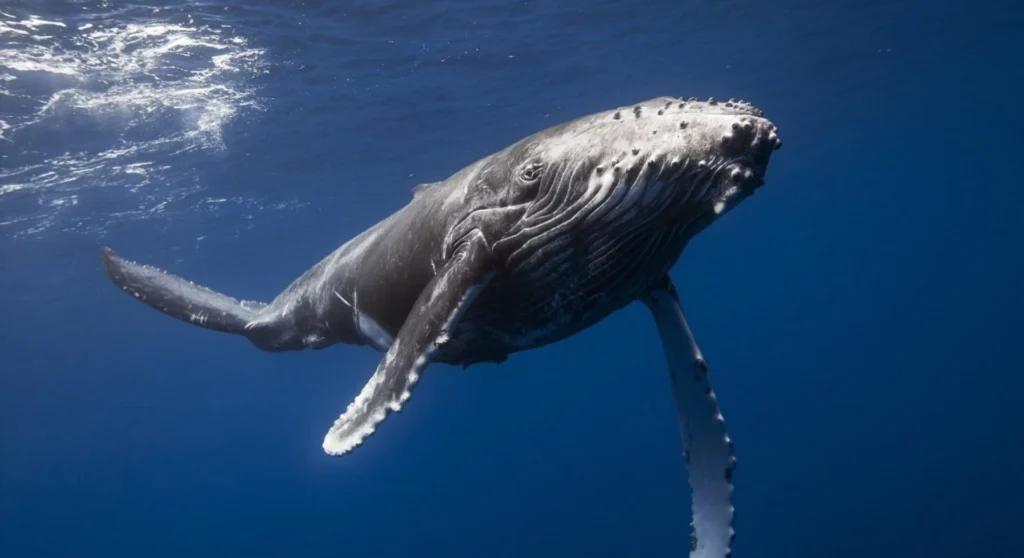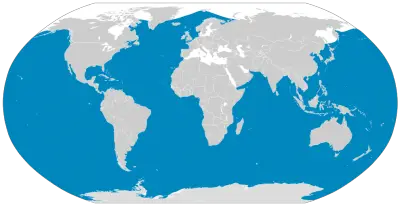Blue Whale (Balaenoptera musculus)- the largest animal that has ever existed on Earth. These sea giants impress with their size, incredible endurance and unique biological features. They belong to the family of striped whales (Balaenopteridae) and are the largest representatives of cetaceans.
Despite their huge bulk, blue whales feed almost exclusively on tiny plankton-krill. Their voice is one of the loudest sounds in nature, and their body length can exceed 30 meters. However, these giants are vulnerable to human activity, and their populations have declined due to whaling.
In this article, we will explore the blue whale's body structure, behavior, habitat, unique biological features, and threats facing these majestic creatures.

Scientific classification
🔬 Classification of the blue whale:
✔ The Kingdom: Animals (Animalia)
✔ Type: Chordal (Chordata)
✔ Class: Mammals (Mammalia)
✔ Row: Cetaceans (Cetacea)
✔ In a row: Baleen whales (Mysticeti)
✔ Family: Stripe (Balaenopteridae)
✔ Gender: Strippers (Balaenoptera)
✔ View: Balaenoptera musculus
📌 Interesting!
The blue whale is one of the oldest species on the planet, dating back more than 1.5 million years.
Dimensions and appearance
💠 Main Features:
• Length: 25-30 m (record – 33.6 m)
• Weight: 100-180 tons (the largest registered weight is 199 tons)
• Color scheme: gray-blue with white spots
• Fins: thoracic-up to 4 m, dorsal-small and shifted back
• Tail: up to 8 m wide
📌 Interesting!
The heart of a blue whale can weigh up to 600 kg, and its aorta is so wide that a small boy could swim in it!
Anatomy and Physiology
🦴 Skeleton and musculature
* The flexible spine allows the whale to bend easily, which is important for swimming
* The chest is not fused with the spine, which allows you to expand the lungs during inspiration
🫁 Dihanie
* Lungs can hold up to 5,000 liters of air
* Inhale for less than 2 seconds, and exhale creates a powerful fountain up to 10 m high.
🦷 Mustache instead of teeth
* In the mouth - up to 400 whalebones (each up to 1 m long)
* They help drain krill from the water
🧠 Brain and sensory systems
* Brain weight-about 7 kg (relatively small for body size)
* Excellent hearing-whales can communicate from a distance thousands of kilometers
📌 Interesting!
The blood vessels of a blue whale are so large that they can fit a cat!

Habitat and migration
🌍 Where do blue whales live?
* All the world's oceans, except the Arctic Ocean
* In summer-cold waters (Antarctica, North Atlantic)
* Warmer breeding grounds in winter
📌 Interesting!
The blue whale can travel in 25,000 km per yearwhich makes it one of the hardiest animal travelers.

Nutrition and digestive system
🍽 What do blue whales eat?
• Main meal: krill (up to 4 tons per day!)
* Also consume small crustaceans and fish
💡 How do they eat?
✔ Collect up to 100 tons of water at a time
✔ They close their mouths and push the water out through the whalebone
✔ Leave only krill that is swallowed
📌 Interesting!
The blue whale can eat up to 40 million wings per day!

Reproduction and life cycle
❤️ How do they reproduce?
* Pregnancy continues 10-12 months
* Born one cub, which weighs 2.5-3 tons
* Mother's milk has 40-50% fat, and the cub gains 90 kg per day
🔄 Life span
* On average 70-90 years old, the maximum age is 110 years
* The main threat is human activity
📌 Interesting!
Blue whale milk is as thick as sour cream, so as not to dissolve in water!
Communication and intelligence
🔊 How do blue whales communicate?
* Use ultrasonic signals at frequencies of 10-40 Hz
* Sounds can be heard at a distance of up to 1000 km
📌 Interesting!
Blue Whale – the loudest animal in the world! Its sound reaches 188 decibels "louder than a jet engine."
Threats and conservation of the species
⚠ Main threats:
Whaling (almost wiped out the species in the 20th century)
✔ Ocean pollution (plastic, oil)
✔ Collision with ships
✔ Climate change (krill population decline)

🌍 Security measures:
• International Ban on whaling (since 1966)
• Marine protected areas
• Population research and monitoring
📌 Interesting!
In 2018, biologists recorded blue whale population growth off the coast of Chile and Antarctica-an encouraging sign!
Conclusion
The blue whale is a huge, striking and mysterious creature that remains a symbol of the oceans. Despite the threat of extinction experienced, thanks to environmental measures, this species is gradually recovering.
🛑 Protecting blue whales is crucial to preserving marine ecosystems!
